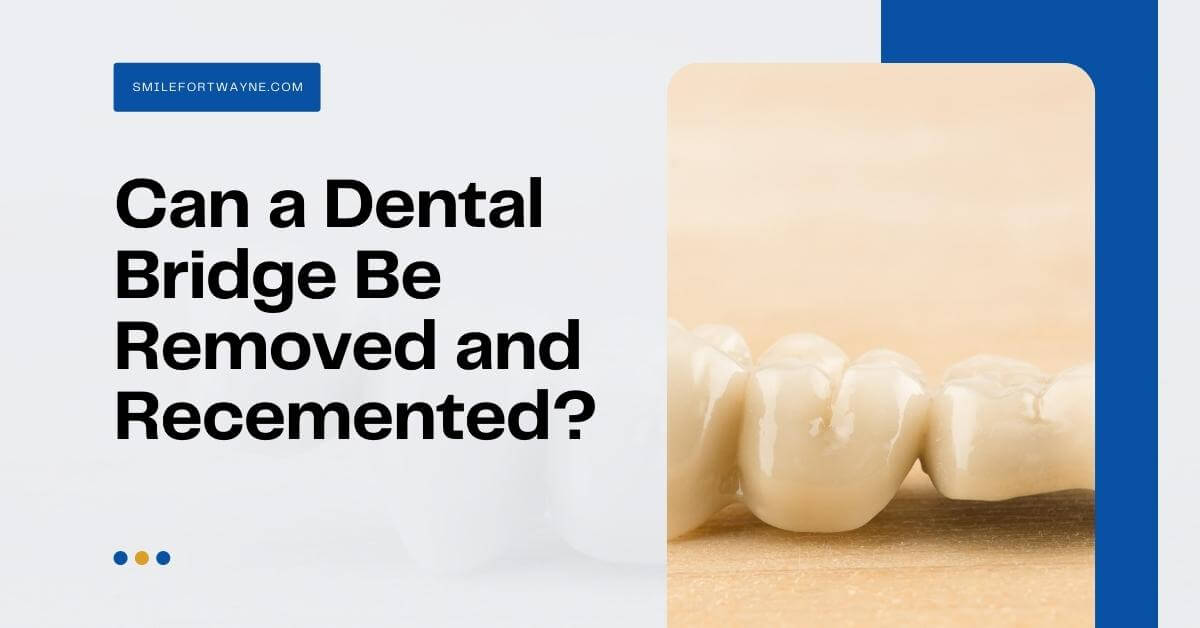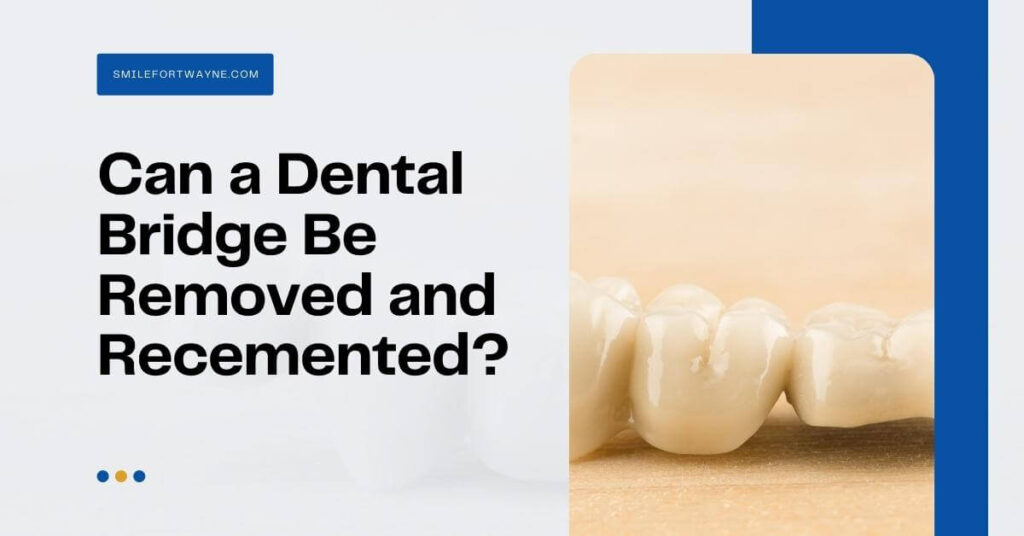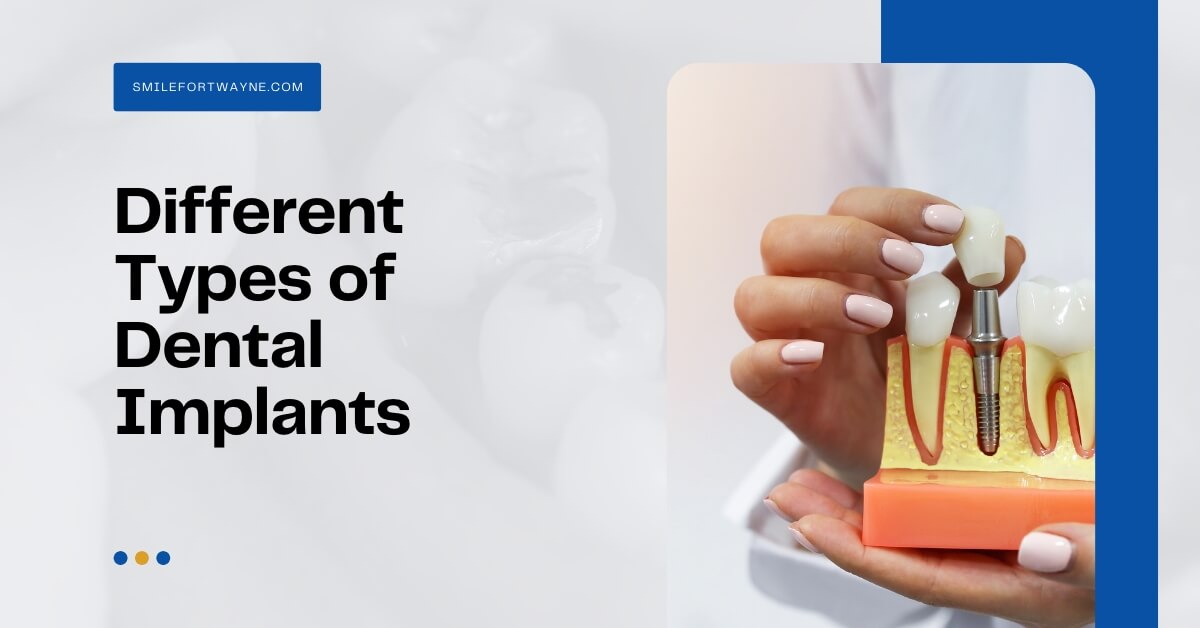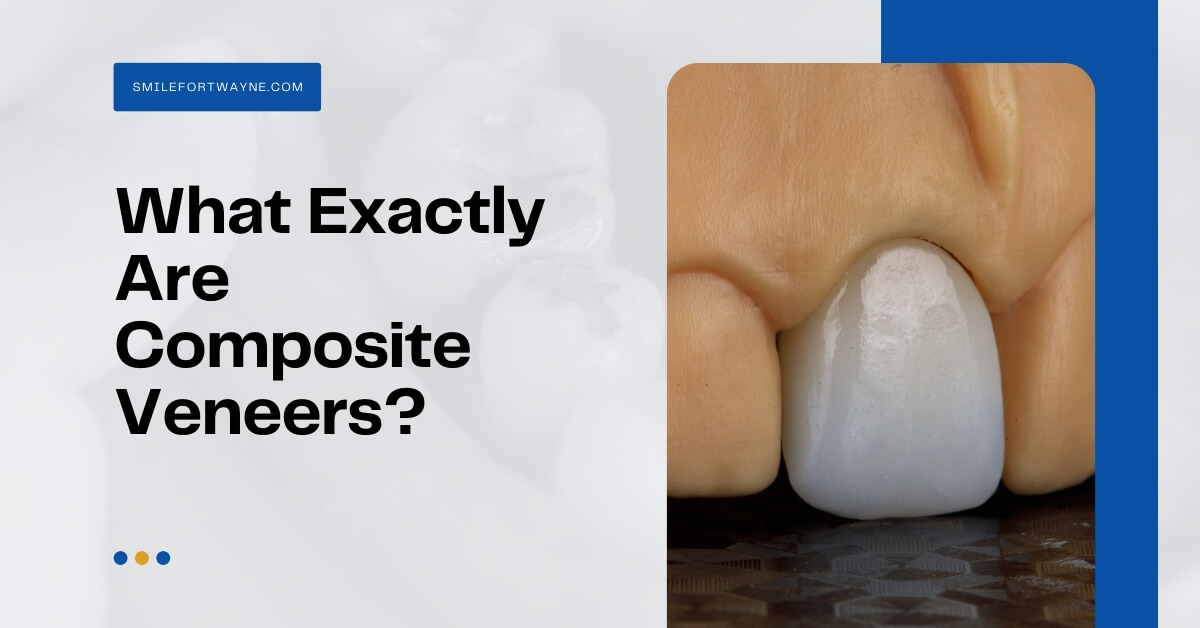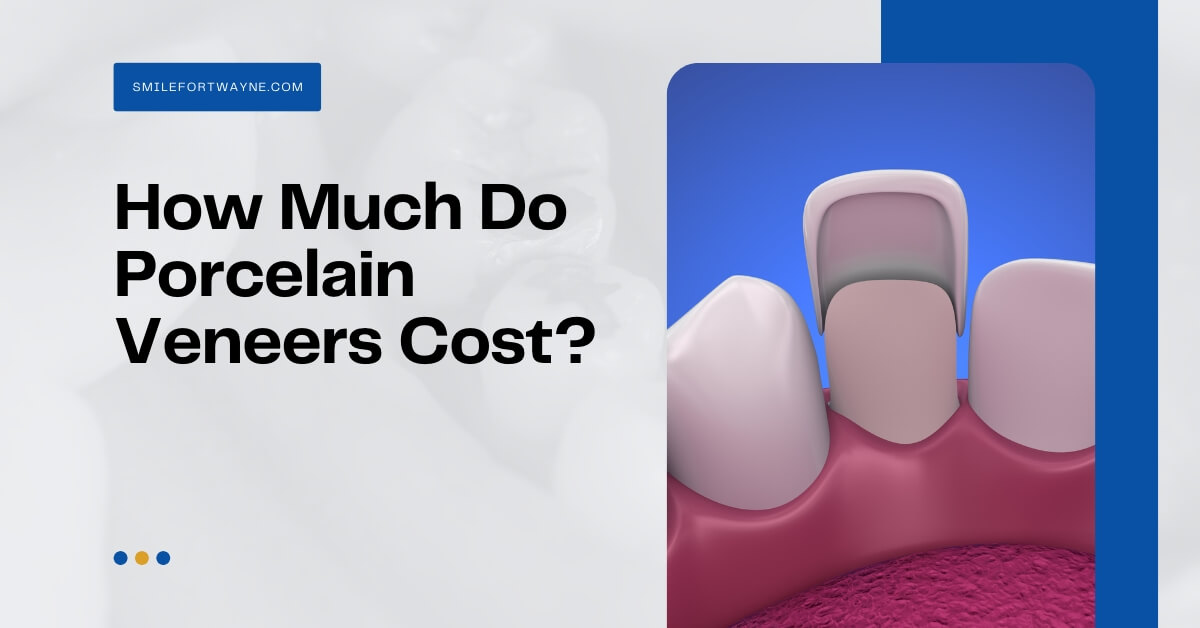Schedule Now
Can a Dental Bridge Be Removed and Recemented?
Missing teeth can substantially influence your smile’s appearance and overall health. Also, a gap between teeth can make you feel not confident enough with your smile. If you’re looking for a solution for missing teeth, you must understand your treatment options. And one dental treatment option you can try is getting a dental bridge. A dental bridge is a permanent device that is used to replace lost teeth. Dental bridges can typically survive for decades without needing to be replaced.
On the other hand, dental bridges can become loose or broken, decay can sneak under the bridge and damage nearby teeth, and changes in your teeth alignment can influence how the bridge fits in your mouth. However, can a dental bridge be removed and re-cemented? What could be its possible risks and complications? What could be the reason for its failure? Find out more by reading this blog!
What is a Dental Bridge?
Starting off with a dental bridge’s definition: A dental bridge is a false tooth, called a pontic, attached to the abutment tooth on each side of the gap. This artificial tooth can replace one or more lost teeth, including the upper or lower front teeth. It fills in the void left by a lost tooth. Dental medical professionals can help you figure out whether this procedure suits your tooth trouble. Moreover, although this tooth replacement option can be manufactured from gold, they are commonly made of porcelain to mix in with your natural teeth’s color and shape.
Dental bridges are both a functional and cosmetic solution since they replace a missing tooth and restore your smile.
Possible Dental Bridge Risks and Complications
Dental teeth bridges are a popular option when it comes to treating gaps between teeth, and they are also almost one of the most successful orthodontic treatment options. However, there is always the possibility that a bridge will need to be removed or replaced due to unforeseen circumstances. The following are:
Cause damage to neighboring teeth
Rough spots occur on dental bridges over time. The natural tooth enamel of healthy teeth can be worn away if these rough patches come into touch with adjacent teeth. This can damage your nearby teeth.
Increased chances of getting a gum disease
This risk can be reduced by brushing your teeth on a regular basis, as well as having your teeth cleaned regularly. You may prevent gum disease by going to the dentist on a regular basis and catching any early signs of the condition.
Improper or ill-fitting bridge
The healthy teeth under the crowns can get decayed due to bridge instability. Having to file down healthy teeth to make room for a crown increases the risk of decay. A loose bridge can be caused by decay in the anchoring teeth.
Crowns or pontic fractures
Pontics and crowns are designed to withstand the power of chewing, yet they are still susceptible to breakage. A chip or crack can form on the bridge’s surface if you eat anything like hard candy. Repairing minor dings and dents, but replacing a significant ding or dings is not.
Causes of a Dental Bridge Failure
A dental bridge can last anywhere from five to fifteen years on average. The longevity of a dental bridge is directly related to how well it is cared for and how well it is kept clean in the mouth. And here are some causes why your dental bridge fails:
Poor abutment tooth support
If there are changes in the abutment teeth, it will result in reduced stability of the dental bridge—a loose bridge results in failure.
Bad habits
Habits like chewing on a pen, teeth grinding, and consuming a lot of complex foods are some of the reasons that cause damage to your crowns or pontic.
Lack of regular oral care
Regular dental appointments are as necessary as good at-home oral hygiene. Regular oral checkups can detect problems with your bridge before they collapse.
Poor dental hygiene
There is an increased chance of decay because of poor oral hygiene. And it is possible for the teeth supporting the bridge to be damaged by tooth decay that builds up around and under the crown.
Can A Dental Bridge be Removed and Recemented?
A dental bridge is one of the most common tooth replacement options. And dental bridges are known to survive for decades before any maintenance is required. The problem is that bridges can break, rot can sneak under them, or your teeth alignment can modify how the bridge fits in your mouth. When these things happen, it may be essential for bridge removal.
It is not always possible to remove a bridge without damaging the support of neighboring teeth because the dental cement used to connect a bridge is designed to last for many years. Your dentist may attempt to remove the damaged bridge by tapping on it, but this can cause damage to the teeth that support it, including fracture.
Depending on the cause of bridge failure, the strength of the current bond, the quality of the supporting teeth, and your desired outcome, your dentist will decide how to proceed.
Call Smile Fort Wayne To Learn More About Dental Bridges
If you are wondering about what to do with your damaged dental bridge, get in touch with the most trusted dentist in Fort Wayne. When it comes to dentists in Fort Wayne, no one does it better than the Smile Fort Wayne team of dentists. Smile Fort Wayne is your ticket to achieving beautiful and healthy teeth!

